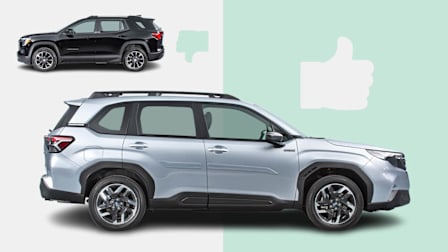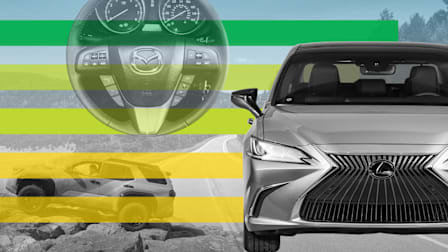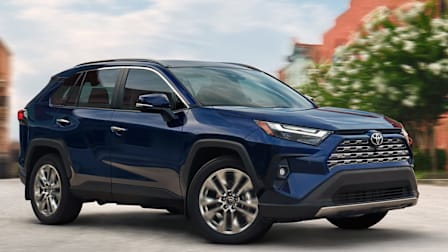During the period studied, electronic stability control and backup cameras became required on all new cars, and advanced driver assistance systems became widely available. It’s also worth noting that auto prices generally remained stable even before considering the money saved from improved fuel efficiency, an average of $7,000 in lifetime fuel costs per vehicle.
“What’s amazing is, we found all of these safety and efficiency improvements were delivered to consumers with no statistically significant increase in inflation-adjusted vehicle prices,” says Chris Harto, a senior transportation and energy policy analyst at CR, who co-authored the report.
CR’s analysis was done using a unique data set: the prices that CR paid over nearly two decades to purchase the vehicles it tests and rates. CR employees buy these vehicles from auto dealers without saying who they work for—and thus don’t get any special deals—and they usually select the most popular, well-equipped trim version of each model. CR tracked the prices of both individual makes and models and seven vehicle classes.
The time period for the analysis was chosen because the industry made significant improvements in both fuel economy and safety during those years. Also, the Trump administration’s 2020 rollbacks of federal fuel efficiency regulations—which President Biden repealed—had not yet filtered through to new vehicles. In addition, pandemic-related supply chain disruptions had not affected prices yet.
Only 1 of the 7 vehicle classes studied—large sport-utility vehicles (SUVs)—saw an increase in prices between 2003 and 2021 when adjusted for inflation. But according to Jake Fisher, director of CR auto testing, that’s because so many large SUVs have evolved from utilitarian workhorses into luxury or near-luxury vehicles, packed with comfort and convenience features and technology. Only two other individual models of the 51 analyzed, the midsized Ford Explorer SUV and the Ford F-150 pickup, also became more expensive. “The Explorer was once little more than a closed-in pickup truck; now it’s a luxurious, full-featured vehicle,” Fisher says. “And the F-150 has grown over the years in size, performance, and capability into the premium vehicle it is now.”
What’s more, the fuel efficiency of large SUVs increased less than that of any other class, further undercutting the idea that fuel-economy standards are to blame for rising prices.
One vehicle class (midsized cars) and two specific models (the Volkswagen Jetta and Passat) actually decreased in price relative to inflation.
So what explains the persistent argument that fuel economy and safety improvements come at too high a cost? One reason is that critics neglect to adjust for inflation, Harto says.
Another is that many of them look at average transaction prices across all car sales. But that’s misleading, Harto says, because consumers have come to favor more expensive crossovers and SUVs over less expensive small cars.
In other words, it’s not that cars are getting more expensive but that consumers are choosing to purchase more expensive types of vehicles. Sales of SUVs doubled from 26 percent to 56 percent of the market during the study period, while car sales fell from 50 percent to 26 percent. CR’s analysis controlled for this shift by looking at price changes of individual models and vehicle classes over time.
The bottom line, Harto says, is that “policymakers should keep their foot on the gas in insisting that automakers continue to deliver efficiency and safety improvements, which these findings show to be unambiguously good for consumers.”





















